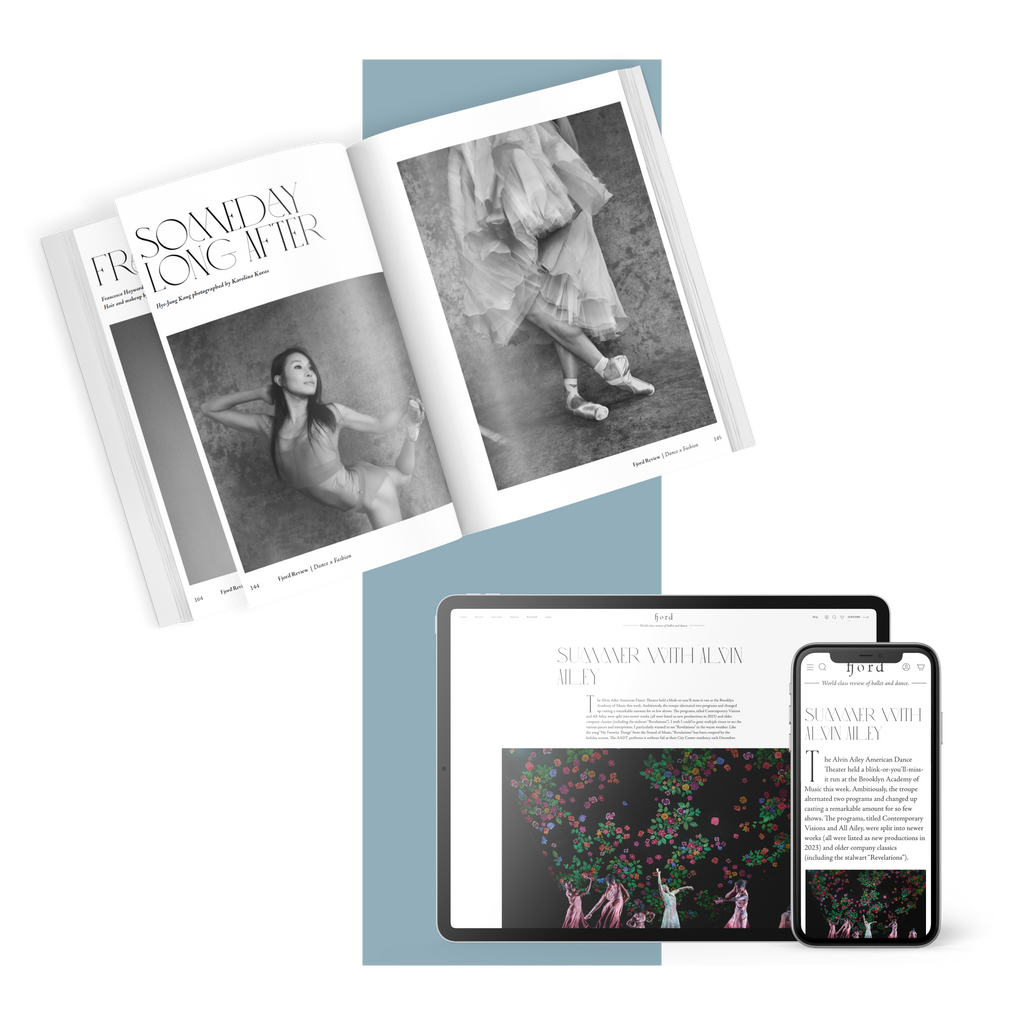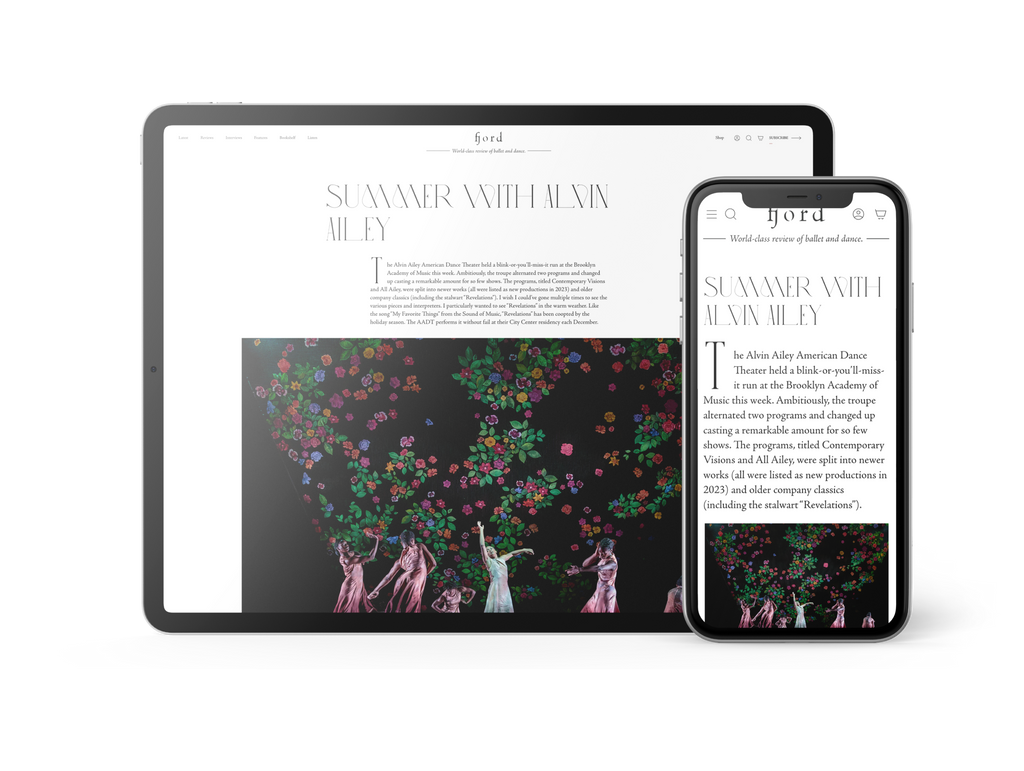Talent Time
It’s “Nutcracker” season at San Francisco Ballet—36 performances packed into three weeks—which means that the company is currently serving two distinct audiences.
Plus
World-class review of ballet and dance.
Fouad Boussouf’s “Näss” (the title means “people,” in Arabic) is a dance for seven men from his company Le Phare, set to an hour’s worth of intensely rhythmic, often trance-like music. The men are strong, and focused, at times vulnerable, at times aggressive, but never less than compelling. As their bodies submit to, and then begin to bend, the rhythm, they seem to take part in rituals, either private or shared. Eventually each man peels away from the group and erupts into a solo—if it were a play, these would be monologues. Each seems to express a different emotion: solitude, fear, wariness, the need to break free. Each solo is performed with a fascinating combination of control and force. These men can really move—their feet are quick, upper bodies strong and fluid, arms nimble and able to propel them horizontally across the floor or vertically into the air. Each dancer contains a mystery, like, well, people.
Performance
Place
Words

Le Phare in “Näss” by Fouad Boussouf. Photograph by Charlotte Audureau


“Uncommonly intelligent, substantial coverage.”
Your weekly source for world-class dance reviews, interviews, articles, and more.
Already a paid subscriber? Login
It’s “Nutcracker” season at San Francisco Ballet—36 performances packed into three weeks—which means that the company is currently serving two distinct audiences.
PlusLast week I caught up with choreographer Pam Tanowitz and Opera Philadelphia’s current general director and president, countertenor Anthony Roth Costanzo to talk about “The Seasons,” the company’s latest production premiering at the Kimmel Center’s 600-plus seat Perelman Theater on December 19.
PlusIf Notre-Dame remains one of the enduring symbols of Paris, standing at the city’s heart in all its beauty, much of the credit belongs to Victor Hugo.
PlusWhen dancer and choreographer Marla Phelan was a kid, she wanted to be an astronaut. “I always loved science and astronomy,” Phelan said.
Plus
comments